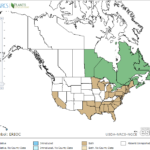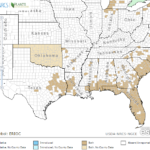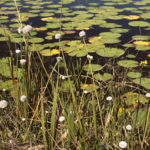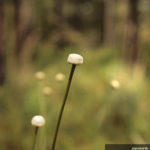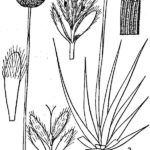Eriocaulon spp.
USDA, NRCS. 2018. The PLANTS Database (http://plants.usda.gov, 28 March 2018). National Plant Data Team, Greensboro, NC 27401-4901 USA.
Illustration: USDA-NRCS PLANTS Database / Britton, N.L., and A. Brown. 1913. An illustrated flora of the northern United States, Canada and the British Possessions. 3 vols. Charles Scribner’s Sons, New York. Vol. 1: 454.
What is Pipewort?
Physical Characteristics
Leaves:
- Linear or sword-shaped
- Grass-like
- Often partially see-through
- Skinny
Flowers:
- 2-3 flowers make up the flower head
- 2-3 petals
- 2x as many stamen as sepals
- Simple
- Showy
- Silvery, gray, or green
Petals:
- Small
- Thin
- Whitish in color
Stem:
- Short
Roots:
- White
Where Does it Grow?
Pipewort can be found in wet places. Some native species are rare or endangered, but most species are locally common within small ranges. Five native species are found in Texas.
Is it Invasive?
While most species of pipewort are native, at least two species are non-native invasive species in the U.S. (California, Louisiana).
Pros and Cons of Pipewort
Submerged portions of all aquatic plants provide habitats for many micro and macro invertebrates. These invertebrates in turn are used as food by fish and other wildlife species (e.g. amphibians, reptiles, ducks, etc.). After aquatic plants die, their decomposition by bacteria and fungi provides food (called “detritus”) for many aquatic invertebrates.
